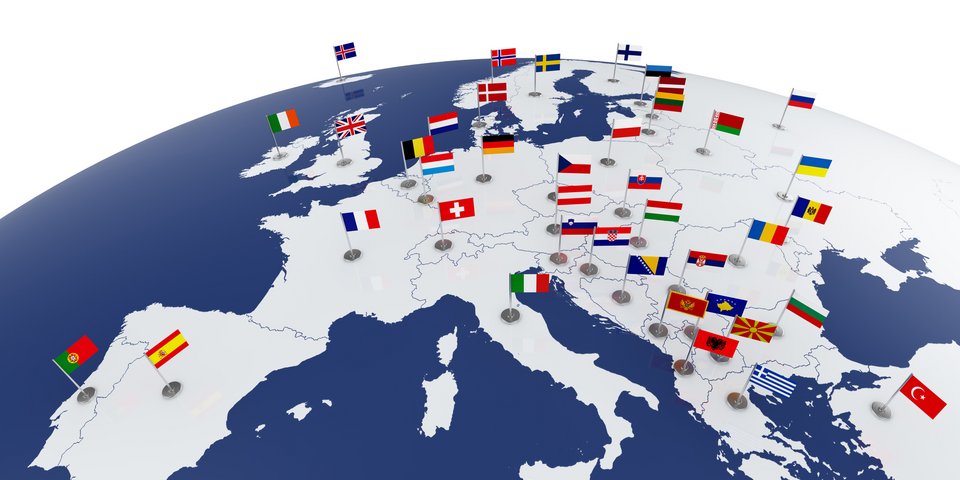 Denys Rudyi - Fotolia
Denys Rudyi - FotoliaMediation between Member States
European Labour Authority adopts rules of procedure.
SW – 01/2022
From 2022, the European Labour Authority
(ELA) will be able, in accordance with its mandate, to conduct mediation
proceedings on disputes between EU Member States in the area of labour
mobility. At its last meeting, the ELA’s administrative council adopted a dispute resolution procedure.
Mediation process
If two Member States fail to reach a common
solution through direct contact, the case may be referred to the ELA for
mediation at the request of one or both Member States. The aim of the mediation
process is to issue a non-binding opinion with recommendations and solutions to
resolve the dispute.
The first phase of mediation is conducted
between the Member States involved in the dispute and a mediator, who jointly
attempt to issue a non-binding opinion within 45 working days of their first
meeting. In the case of complex disputes, the first phase may be extended by an
additional 15 business days.
If no non-binding opinion is issued in the
first phase, the ELA may initiate a second phase of mediation before a
mediation committee, subject to the consent of the Member States involved in
the dispute. The mediation committee, composed of experts from Member States
other than those concerned by the dispute, shall seek to reconcile the
positions of the Member States concerned and agree on a non-binding opinion.
Experts from the committee may also be involved in the mediation in an advisory
capacity.
With the rules of procedure, the ELA aims
to provide national authorities with a mechanism to resolve employee mobility
disputes in a timely manner. This could, for example, concern mediations
between two Member States regarding minimum wage and working time in
cross-border situations. Nevertheless, the ELA holds that it could also take
action in disputes relating to the posting of workers and in the area of social
security.
Risk of overlaps
Already in the run-up to the adoption of Regulation (EU) 2019/1149 of the European Council and of
the European Parliament on the establishment of a European Labour Authority, there
had been criticism that the demarcation between the mediation activities of the
ELA and the mediation by the administrative committee for the coordination of
social security systems was unclear and that there might be overlaps. This had
also been pointed out by the umbrella organisations of the German Social Insurance.
Relationship with the administrative committee
Specific provisions of the regulation on
the establishment of the ELA should prevent this. Thus, the ELA shall inform
the administrative committee when a dispute relates to the coordination of
social security systems (Article 13). Any Member State concerned and also the
administrative committee in consultation with the Member States concerned may
hereafter request that the case be referred to the administrative committee.
However, insofar as mediation involves aspects that fall outside the scope of
social security, ELA mediation may continue with respect to those aspects.
A cooperation agreement between the ELA and
the administrative committee should also ensure good cooperation and help to
coordinate activities by mutual agreement. It remains to be seen whether it will
always be possible to clearly demarcate the cases involving the coordination of
social security systems and specify the concrete form of cooperation in
practice.
